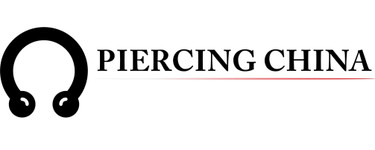How to measure Body Jewelry
Measuring the thickness or gauge of body jewelry
| Gauge | Size in mm | Standard Application |
| 22g | 0.6mm | Silver and gold nose rings, nose hoops, and nose studs. Smallest gauge or size used for body jewelry |
| 20g | 0.8mm | 20 gauge is a standard size for ear studs in silver and stainless Steel. Smallest size for threaded body jewelry |
| 18g | 1mm | 18 gauge is a non standard size for eyebrow piercing, lip piercings, tragus, and helix piercings |
| 16g | 1.2mm | Eyebrow piercing septum piercings, tragus, and helix piercings, standard size for fake plugs |
| 14g | 1.6m | Belly button piercings, nipple piercings, septum piercings, and helix piercings for industrials |
| 12g | 2mm | Larger than 2mm is referred to as big gauges and is used for stretched piercings. |
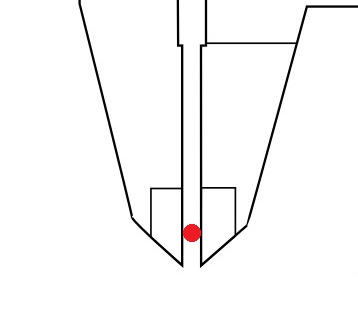
Measuring the ball sizes of body jewelry
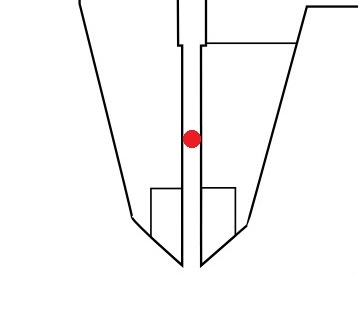
Measuring the length of body jewelry
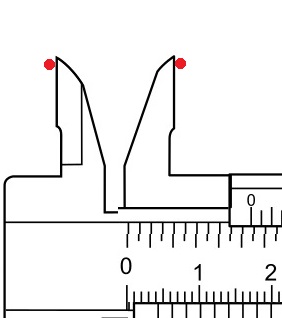
Measuring Eyebrow Bananas or also called Micro barbells

Measuring belly bananas, also called belly rings or Belly Button Bananas

Measuring Ball Closure rings also called captive bead rings

Measuring Circular Barbells, also called Horseshoes

Measuring Straight Barbells

Measuring Labrets
- Thickness or gauge of the post: This should be measured at the center of the post.
- Ball Size: Measured like all other body jewelry, in the center of the ball perpendicular to the post.
- Length: Length is measured as the distance along the post between the ball and the base plate.
- Disk Diameter: Disk diameter is an important dimension; however, when labrets are being sold retail online, this is not often disclosed and also not standardized between different manufacturers.
The most common size is between 4 - 5mm in diameter. - Disk Thickness: The disk's thickness is crucial for the final labret's quality. If the disk is too thin, then the edge of it will be quite uncomfortable if worn as a lip labret.
The optimum labret disk thickness is between 0.75mm and 1mm for lip labrets application and 0.5mm when used as a helix or tragus labrets.
o At Piercing China, all our labrets, unless mentioned otherwise, have a disk diameter of 4mm and a disk thickness of 0.8mm
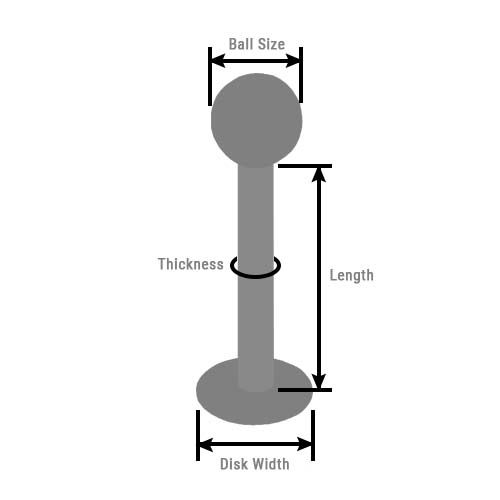
Measuring Spirals or twister barbells

Measuring Segment rings

Measuring Fake Plugs

Measuring Flesh Tunnels and Plugs

Measuring Tapers and Spiral ear expanders

Measuring Dermal Anchor Tops and Base Plates

 Baht
Baht
 US Dollar
US Dollar
 Euro
Euro
 British Pound
British Pound
 Swiss Franc
Swiss Franc
 Canadian Dollar
Canadian Dollar
 Australian Dollar
Australian Dollar
 New Zealand Dollar
New Zealand Dollar
 Japanese Yen
Japanese Yen
 Argentine Peso
Argentine Peso
 Swedish Krona
Swedish Krona
 Danish Krone
Danish Krone
 Norwegian Krone
Norwegian Krone
 Polish Zloty
Polish Zloty
 South African Rand
South African Rand
